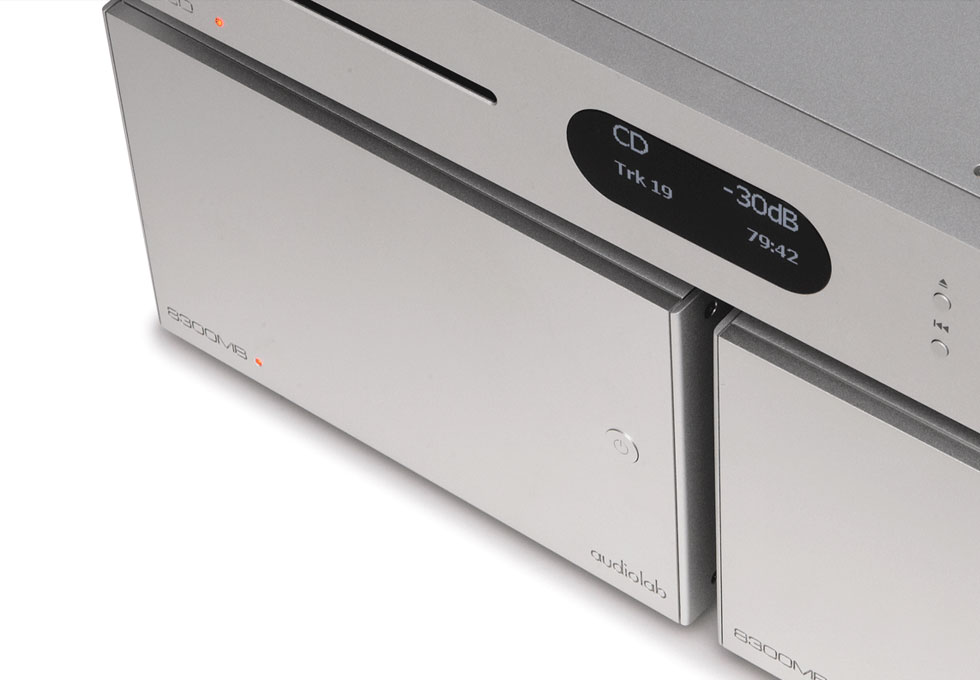The Mythical $2000 Hi-Fi AVR

Call me a nerd if you must, but when I get home from work each day, the first thing I do, even before getting changed or having a drink, is to warm up the stereo (which consisted of some sources, a DAC, a nice integrated amp, a pair of medium sized bookshelf speakers, and a compact, sealed subwoofer). The room is almost square and has thinly rendered double brick walls - pretty much the worst environment for sound reproduction but not really that far off the mark from your average untreated living area (plaster walls are a little less reflective but many people now have hard floors which evens things out - a least I have the luxury of carpet). Ideally one would make the walls non-parallel to each other by renovating (shock horror) and/or attach layers of consistently unfashionable acoustic treatment products to all the spots you want to keep clean and tidy. It may be true that the environment you put the speakers in can affect the final result just as much as the quality of the speakers themselves, but it’s definitely true that modifying the room is out of the question for the vast majority of us mere mortals. I have tried many brands of speakers in this room, and every one of them exhibits a ringing resonance at certain midrange and bass frequencies, producing a bloating distortion effect whenever music or movies hit the offending notes. Quite annoying really - and I don't think even a pair of flagship book shelves (e.g. Wharfedale Jades, B&W 700 series) will really solve the problem.
At this point, you’re probably wondering why I am ranting on about my own personal Hi-Fi issues and what it has to do with you. Well I believe I have hit somewhat of a revelation: AV Receivers with high resolution room correction, digital active crossovers and bi-amp capability are ideal for music listening in acoustically mediocre living areas. In the next three sections, I will spell out my rationale for this “blatant heresy” (as Hi-Fi purists would put it).
Bi-Amplification
In the land of elite Hi-Fi amplifiers, 200W per channel seems to be the mythical number for “enough power to satisfy almost anyone”. If you took a survey of ultra high-end amps (e.g. Arcam A49, NAD Masters, Audiolab MB series, etc), you will find they are all rated around this figure. So the question is - why? In sound reproduction, one of most important aspects is dynamic range - the difference between the quietest and loudest details a system can produce with low distortion and noise (i.e. that you can hear clearly). This is akin to contrast ratio on smartphones screens, TVs, and projectors. The higher the dynamic range, the more lifelike the sound will be. A really good system will faithfully render pin drops and string plucks with natural delicacy, while creating real emotional impact when simulating the vibrations of a cello or the weight of drum. But what does this have to do with the need for 200W you say? It all comes down to the power needed to produce soft passages in the track versus the thunderous emotional parts. It is widely accepted that dynamic peaks in music are often 10 times louder than the average volume. So if you normally listen at around the 20W mark (this is about the power TV speakers put out at 70% on the dial - in other words not that much), then you need 200W to reproduce the most intense moments of a track in its full glory. Now this is normally the part where one puts up both arms and complains that they don’t have $6000 to put down for a ultra high-end amp, but fear no more! I bring you salvation in the form of Bi-Amping. A mid-range ($2000) AVR has many channels of amplification - at least 7 these days, and they all have a feature that lets you power each speaker with 2 amp channels - for double the peak power. It also happens that these AVRs are all rated 100W (RMS, <0.3% THD) or above per channel - so it’s a match made in heaven really.
Digital Active Crossovers
The most difficult part of loudspeaker design is the crossover network, a bundle of circuits that splits the frequency ranges between different sized cones (drivers). Its there because small (1”) drivers are very good for the shimmering parts of the sound, like glass breaking or a bird call, but very tinny for speech. Conversely a medium sized driver (3 to 6”) make vocals come alive, but muffle the shimmers and don’t vibrate with much impact for bass. Finally we have large drivers (7”+ in subwoofers and large floorstanders) that are only good at rumbling. Typically what people end up with are bookshelf or slim floorstanding speakers that have the small and medium sized drivers, and a subwoofer with large drivers. What you don’t want to do - is send the low bass to these slim floorstanders/bookshelves as all they are going to do is distort in a vain struggle to emit a faint shadow of what was recorded (this is what a normal stereo amp does - wasting a lot of power in the process). What you do want - is split up the low bass and send it straight to the sub where it belongs - and this is exactly what an AVR’s builtin digital active crossover does.
High Resolution Room Correction EQ
Getting back to solving those bloated ringing noises, let's examine the problem a but more closely. What is happening is that the room’s walls are amplifying certain frequencies by bouncing them around the room repeatedly (this building up effect is called resonance). So what we need to do is simply reduce the level of those frequencies so that the end result is correct. Because this reduction can negatively affect sound quality if you take away too much of the signal you want be as precise as possible, targeting only the specific problem frequencies, down to single Hz bands. As our hearing stretches from 20Hz-20kHz, that means you need a EQ system with tens of thousands of bands. Such systems do actually exist in the form of Audyssey XT32 and Dirac Live, and are available on many mid-high level AVRs, like the Denon X4/5/6/7xxx and Marantz SR6/7xxx.
